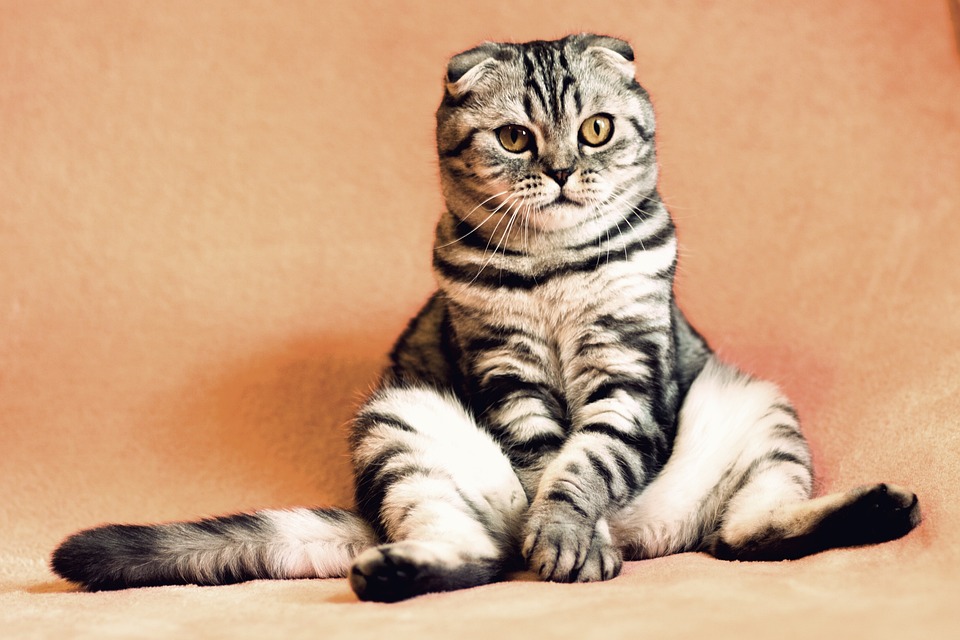Title: Understanding Grooming Behavior as Self-Soothing in Cats: Exploring the Fascinating World of Feline Hygiene
Introduction:
Cats are renowned for their fastidious grooming habits. However, grooming behavior in cats goes beyond just cleanliness; it serves as a self-soothing mechanism that provides various physical and psychological benefits. In this article, we will delve into the captivating world of cat grooming behavior, shedding light on its significance and dispelling common misconceptions.
I. What is grooming behavior in cats?
A. Defining grooming behavior: Grooming behavior refers to the act of cleaning and maintaining the fur and skin. It involves licking, scratching, and biting various parts of the body.
B. Natural instinct and learned behavior: Grooming is an innate behavior in cats, but they also learn grooming techniques from their mothers and other cats.
II. Physical benefits of grooming behavior:
A. Keeping the coat clean and healthy: Regular grooming helps remove dirt, debris, and parasites from the fur, preventing skin irritations and infections.
B. Distributing natural oils: Through grooming, cats distribute natural oils produced by their skin, which helps keep the coat moisturized and shiny.
C. Stimulating blood circulation: The licking and biting actions during grooming promote blood flow, ensuring a healthy coat and overall well-being.
III. Psychological benefits of grooming behavior:
A. Reducing stress and anxiety: Grooming serves as a stress reliever for cats, helping them cope with anxiety-inducing situations.
B. Enhancing bonding and social interactions: Mutual grooming, known as allogrooming, fosters social bonds between cats and promotes a sense of belonging within a group.
C. Promoting relaxation and comfort: The repetitive motions and sensations of grooming have a calming effect on cats, promoting relaxation and providing a sense of comfort.
IV. Signs of self-soothing grooming behavior:
A. Frequent and prolonged grooming sessions: Cats engage in grooming for extended periods, often multiple times a day, as a means of self-soothing.
B. Grooming in specific areas: Cats may concentrate their grooming efforts on certain body areas that require extra attention or provide comfort.
C. Excessive grooming leading to hair loss or skin issues: Over-grooming can result in hair loss, bald patches, or skin irritations, indicating an underlying issue that needs to be addressed.
V. Common misconceptions about grooming behavior:
A. Mistaking grooming for boredom or illness: Grooming is not always a sign of boredom or illness; it is a natural behavior that helps cats regulate their emotions.
B. Understanding the difference between self-grooming and over-grooming: Over-grooming is excessive and may indicate stress or an underlying medical condition, while self-grooming is a normal behavior.
C. Addressing excessive grooming concerns: If a cat’s grooming behavior becomes excessive or leads to physical harm, it is crucial to consult a veterinarian to identify and address the underlying cause.
VI. FAQs about grooming behavior in cats:
1. Why does my cat groom excessively?
2. Is excessive grooming always a sign of stress?
3. How can I differentiate between normal grooming and excessive grooming?
4. Can I help my cat with self-soothing grooming behavior?
5. When should I be concerned about my cat’s grooming behavior?
Conclusion:
Grooming behavior in cats is a vital self-soothing mechanism that offers both physical and psychological benefits. By understanding the significance of grooming and recognizing its role in a cat’s overall well-being, we can better address their needs and ensure their happiness. Remember, a well-groomed cat is a content cat!








